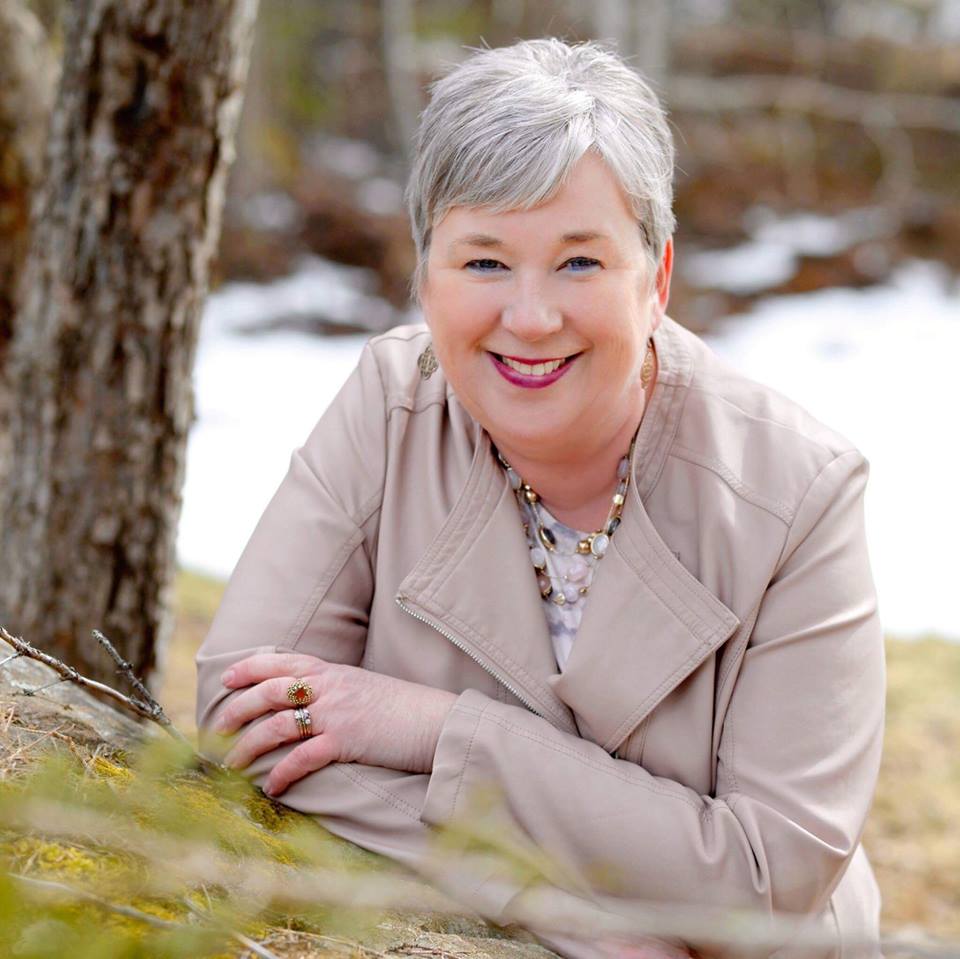StFX to Reopen Amidst COVID-19 Pandemic
/
Following approval by the University Senate on June 18th, and the Board of Governors June 19th, StFX President Dr. Kevin Wamsley announced plans to reopen campus to students. In an email to StFX students, Wamsley announced that StFX will “offer a Senate-endorsed approach of mixed-method course delivery,” beginning September 14th.
In the email to students, Wamsley noted that the decision comes after “much careful planning and deliberation,” citing the safety of the StFX community as the university’s top priority.
Reactions to the announcement are mixed. While many students celebrate the potential return to normalcy, others are concerned. StFX Students’ Union Graduate Student Representative Lauren Viana, who is returning to campus shortly to complete self-isolation before continuing research, is concerned about safety. “All you need is one person to slip up,” Viana says, “and you can decimate a population.” According to Viana, graduate students doing research have been asked to fill out a return-to-research form outlining what facilities they will need, and what PPE they have. However, Viana has yet to see any official documentation with guidelines on returning to research. Despite these concerns, Viana is satisfied, and described reopening as “great.”
Sanjidha Ganeshan, a 4th year psychology student from Mauritius told the Xaverian Weekly that she “love[s] that school is opening again for the fall semester.” Ganeshan notes that “reopening campus will be easy if everyone does their part and respects all safety protocols.” Despite this, Ganeshan, who previously served at the International Student Representative for the Students’ Union anticipates that “some international students who went back home might decide to take the semester off just to be safe.”
StFX Students’ Union President Sarah Elliott, in a statement released shortly after the announcement was made, expresses the Union’s support for the plan. Elliott emphasized that “the StFX Students’ Union’s number one priority is the well-being of our students.” Elliot went on to say that the students’ union “[looks] forward to working with the university to provide a safe and fulfilling StFX experience.”
The members of the StFX Association of University Teachers (StFXAUT) are “cautiously optimistic” according to a statement released Friday afternoon. The StFXAUT says that their members are “looking forward to again being able to have in person interactions with students and colleagues.” The StFXAUT did however express concerns “with the lack of support being provided to many of [their] members who, despite not currently being employed by the university, are expected to … begin preparations for the fall.” This would include any part-time academic staff and contract faculty.
Laurie Boucher, Mayor of the Town of Antigonish, commented “This was a university decision that was made based on consultations with the province and public health officials. Now that the decision has been made the Town will be working with the university, hospital, RCMP and landlords in Antigonish to ensure the safety of students and residents in our community.” Boucher, responding to anxieties in the community, said “All of the partners involved have everyone’s best interests in mind and is keeping health safety a top priority during the preparation process and for when the students return in August and September.”
In an interview with Xaverian Weekly Editor-in-Chief, Will Fraser, StFX President Kevin Wamsley described the decision making process that lead up to today’s announcement. According to Wamsley the planning process has been ongoing for more than nine weeks. This process involved consultation with various stakeholders including the Students’ Union, Town of Antigonish, Municipality of the County of Antigonish, the RCMP, Saint Martha’s Regional Hospital, and landlords.
Based on consultations with these stakeholders, the university conducted space assessments of the campus, and a flow assessment to determine how the university could safely operate in the fall. With nine weeks of planning completed, the university submitted their plans to the Chief Medical Officer of Health, Dr. Robert Strang, and the Department of Labour and Advanced Education. As of this week, Wamsley says, Dr. Strang confirmed the plans were “solid.” Following the sign-off by the province, the plans were presented to the University Senate and Board of Governors. After two hours of discussion, the Board of Governors voted unanimously in favour of the recommendation.
Asked for his message to students who now must decide if they feel safe enough to return, Wamsley says “safety is a responsibility of everyone.” and noted that the university has taken steps to ensure the safety of faculty, staff, and students. Wamsley calls upon students to “be partners with [the university] and the community,” and to protect the most vulnerable members of the StFX community.
It remains unclear what restrictions will be in place when students return in September, but we know that StFX will not look the same as it has in the past.















